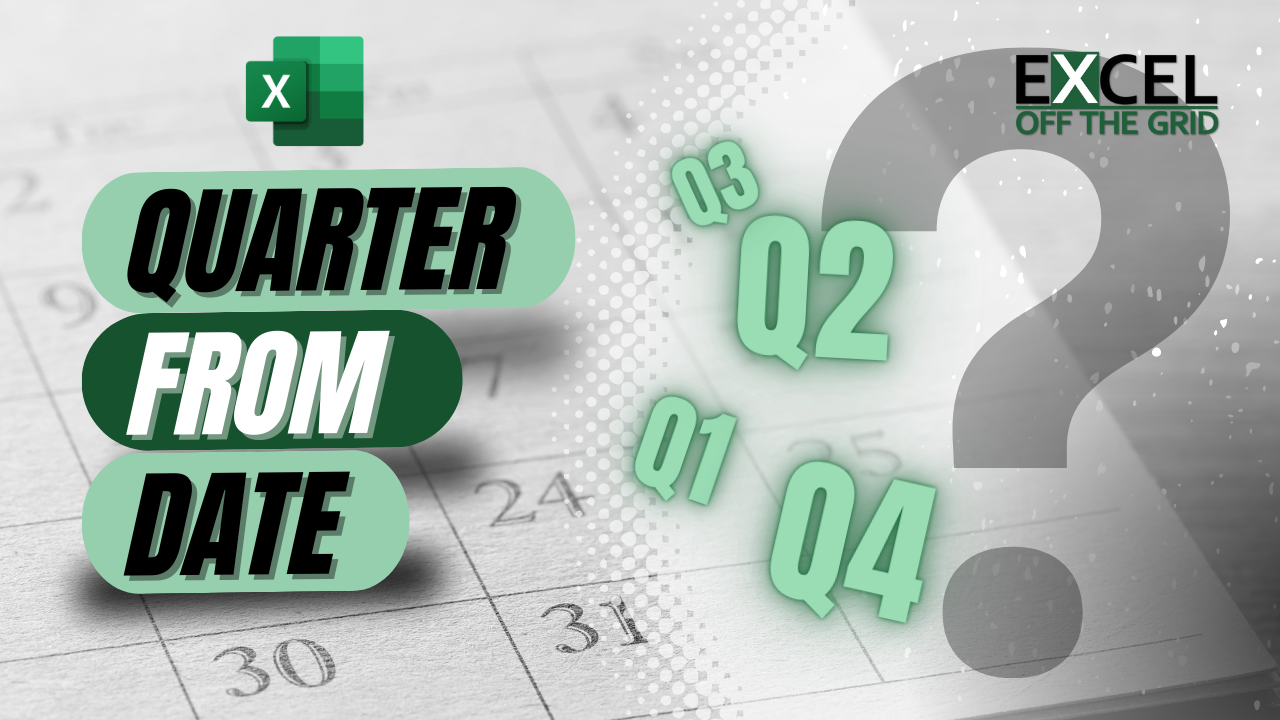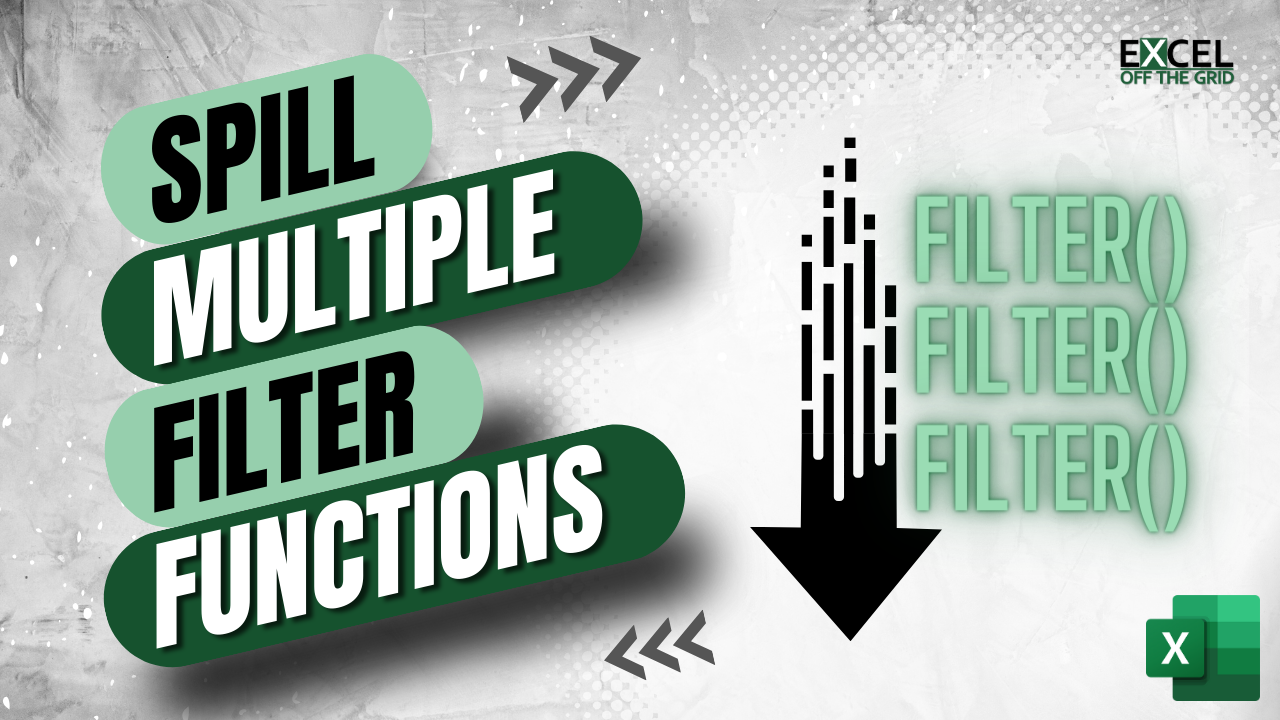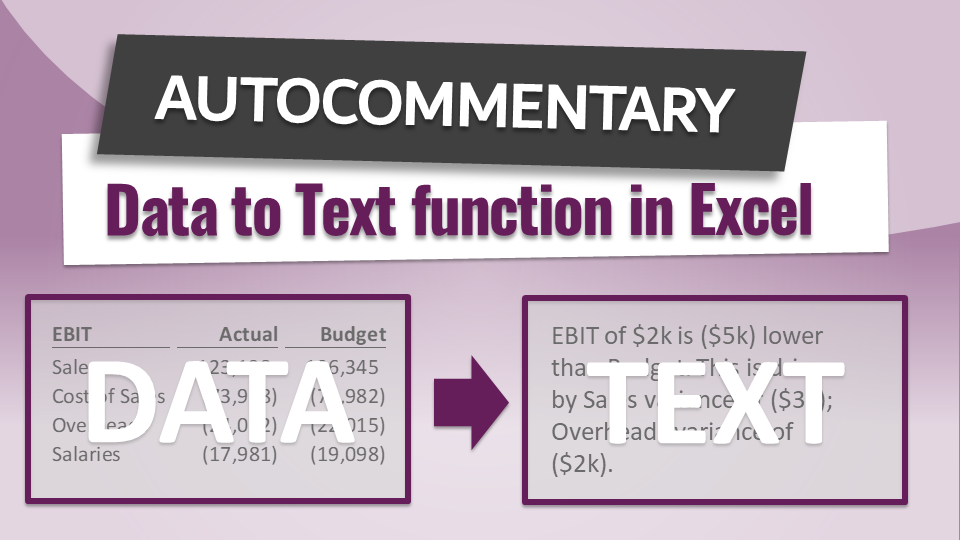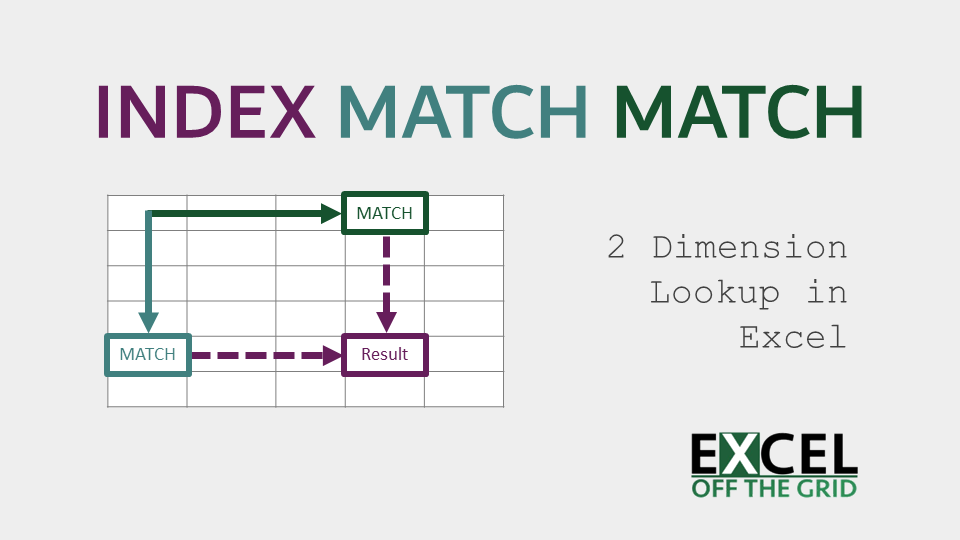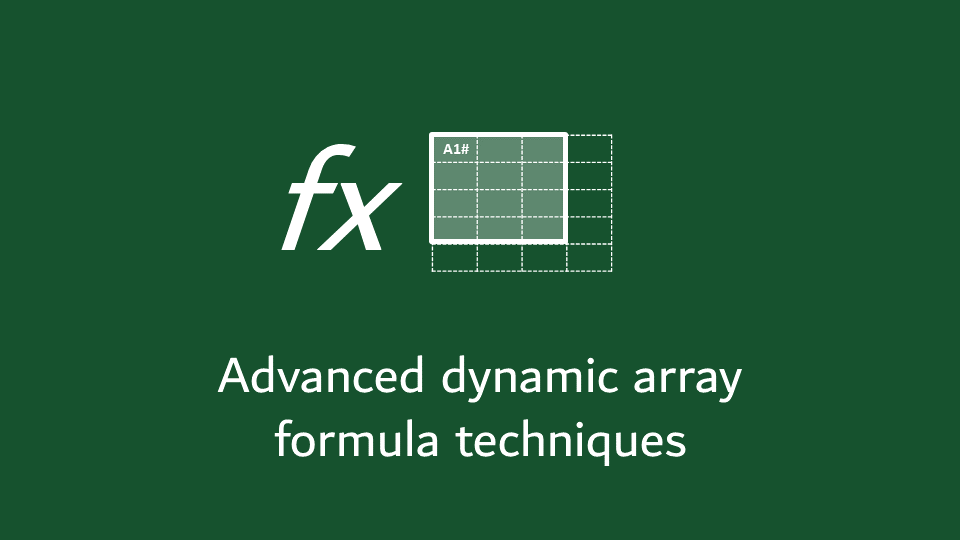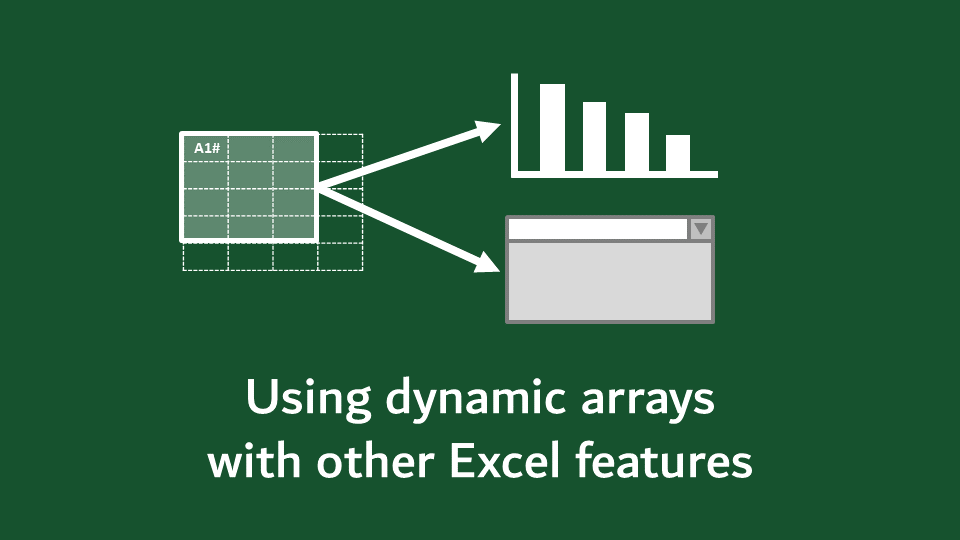Calculate quarter from dates in Excel (inc non-standard calendars)
In many companies, analyzing by quarter is common practice. Unfortunately, when we calculate quarter from dates in Excel, we can make things overly complex. This is especially true when working with financial years that do not align with the calendar year. Or even worse, non-standard calendars (such as 4-5-4 or 4-4-5)! So, in this post, … Read more

